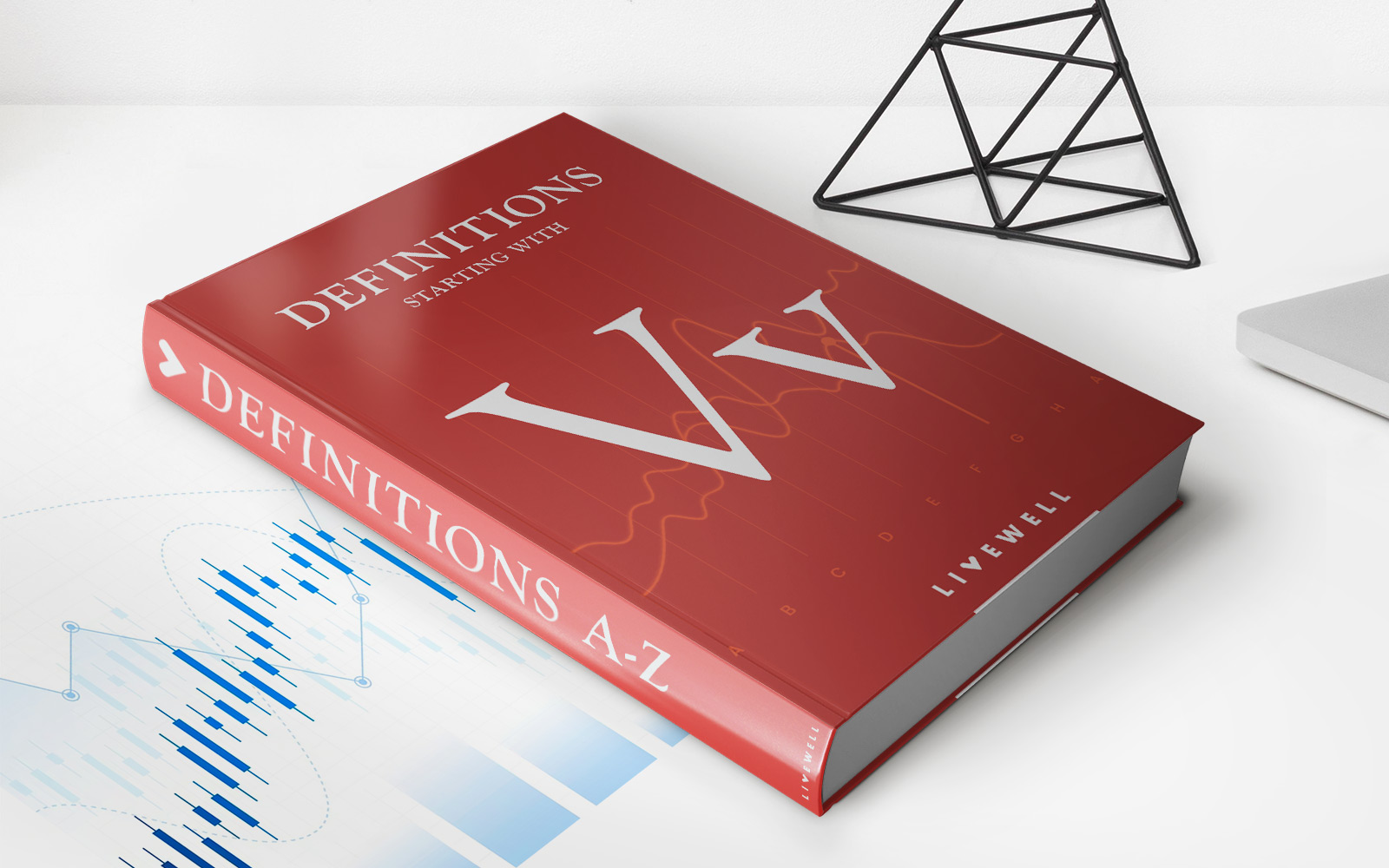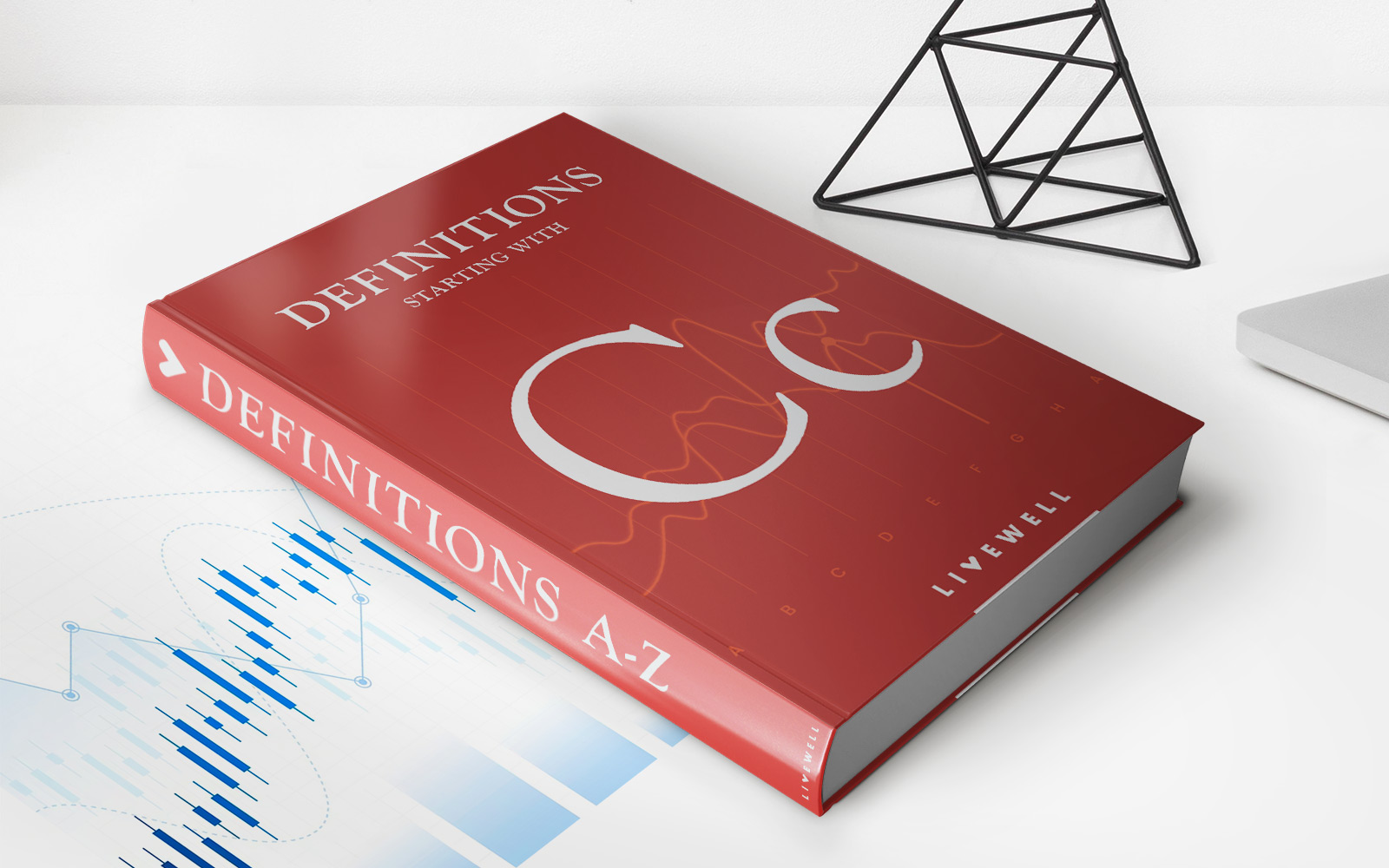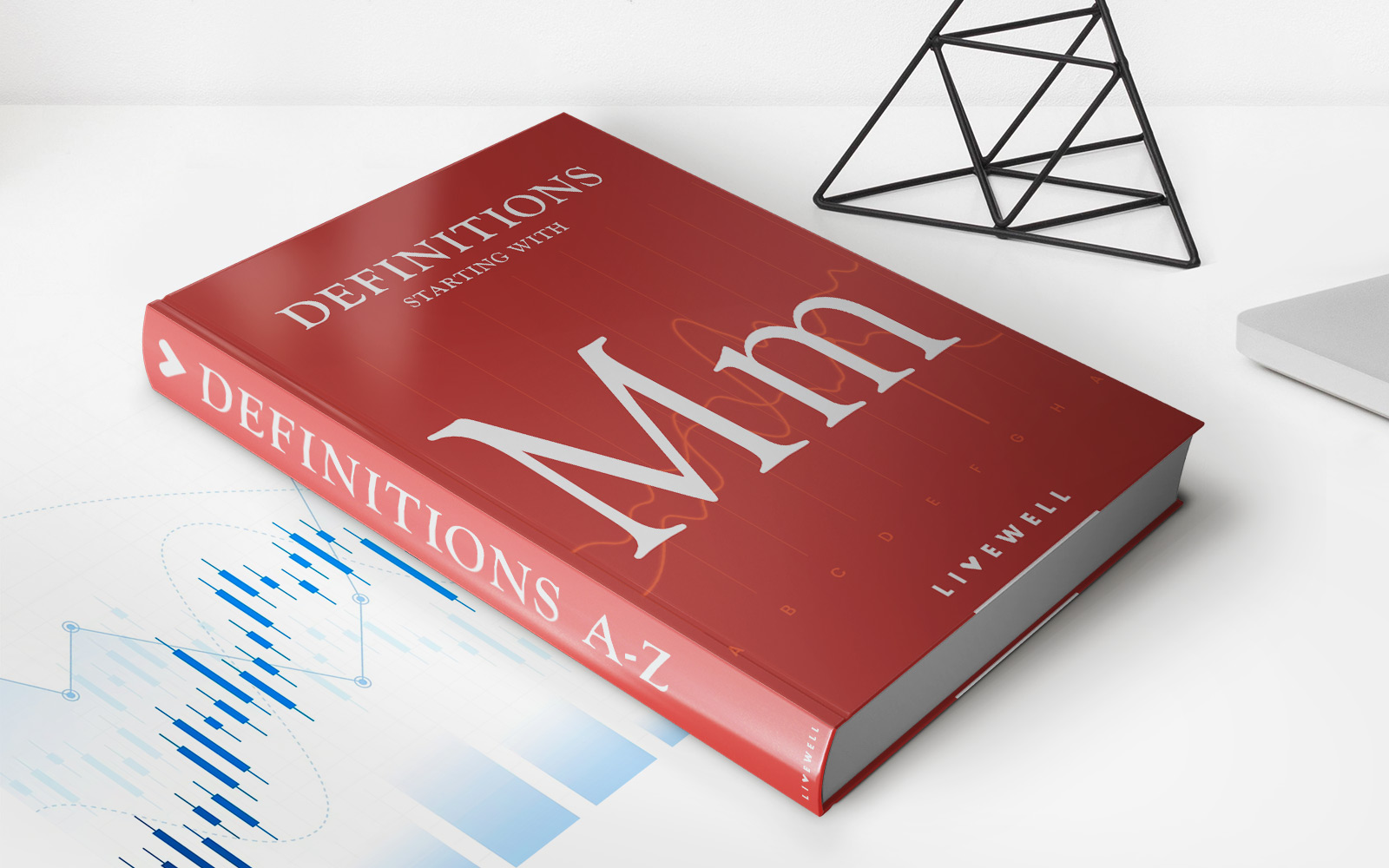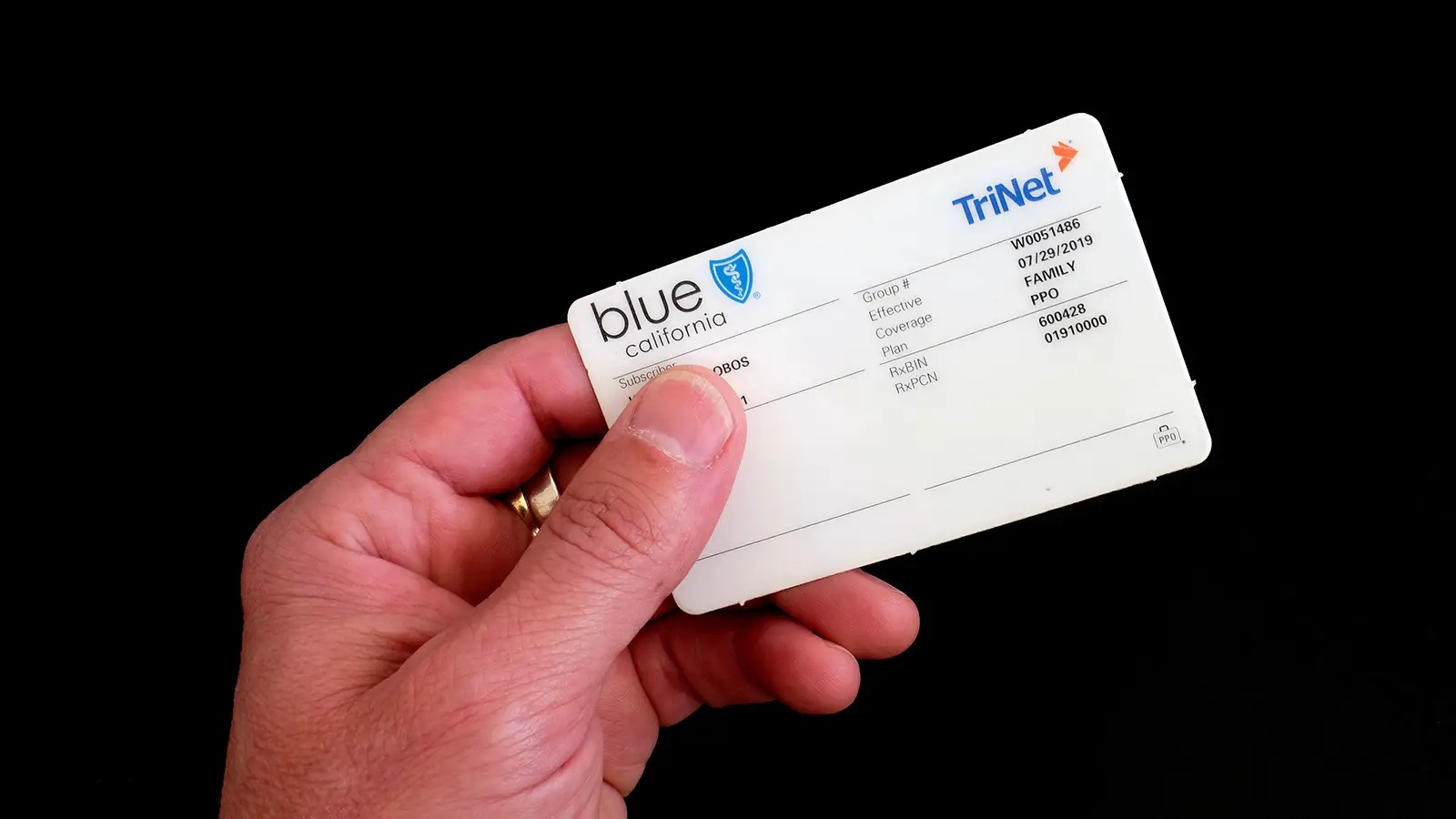

Finance
How To Evaluate Pension Buyouts
Modified: December 30, 2023
Learn how to evaluate pension buyouts and make informed financial decisions. Find valuable insights and tips on finance to help you navigate through the process.
(Many of the links in this article redirect to a specific reviewed product. Your purchase of these products through affiliate links helps to generate commission for LiveWell, at no extra cost. Learn more)
Table of Contents
- Introduction
- Understanding Pension Buyouts
- Factors to Consider in Evaluating Pension Buyouts
- Assessing the Financial Stability of the Insurance Company
- Comparing the Lump Sum Offer to the Future Pension Payments
- Evaluating the Tax Implications
- Analyzing the Investment Options
- Considering Individual Financial Goals and Circumstances
- Weighing the Risks and Benefits
- Making a Decision on Pension Buyouts
- Conclusion
Introduction
When it comes to retirement planning, one of the key considerations that individuals face is how to manage their pension benefits. Traditionally, retirees have received a monthly pension payment from their employer-sponsored pension plan. However, in recent years, there has been an increase in the availability of pension buyouts, which offer retirees the option to receive a lump sum payment in exchange for giving up their future pension payments.
A pension buyout can be an attractive option for some retirees who prefer the flexibility and control of having a large sum of money upfront. However, it is crucial to thoroughly evaluate the pros and cons of a pension buyout before making a decision.
In this article, we will dive deep into the topic of pension buyouts and discuss the factors to consider when evaluating them. By understanding the key aspects and implications of pension buyouts, you can make an informed decision that aligns with your financial goals and circumstances.
Before we delve into the details, it is important to note that pension buyouts are not suitable for everyone. Some individuals may find that sticking with the traditional pension plan is the right choice for them. Therefore, it is essential to assess your personal financial situation and consult with a financial advisor or retirement expert before proceeding.
Now, let’s explore the various factors that should be taken into account when evaluating pension buyouts.
Understanding Pension Buyouts
Before delving into the evaluation process, it’s crucial to have a clear understanding of what exactly a pension buyout entails. A pension buyout, also known as a lump sum offer or pension cash-out, is an option offered to retirees by their pension plan administrators or insurance companies.
Essentially, a pension buyout is a voluntary exchange where the retiree agrees to give up their future pension payments in exchange for a one-time lump sum payment. The lump sum payment is typically calculated based on various factors such as the retiree’s age, life expectancy, and the present value of their future pension payments.
At its core, a pension buyout offers retirees a trade-off between guaranteed monthly income and a potentially larger sum of money upfront. It provides individuals with the opportunity to assume greater control over their retirement funds and make their own investment decisions. However, it also comes with risks and considerations that need to be carefully evaluated.
It’s important to understand that pension buyouts are not available to all retirees. In some cases, the option may only be extended to individuals who are terminated or have been offered an early retirement package. Additionally, pension buyouts may not be available for certain types of pension plans, such as government and military pensions.
Pension buyouts also differ from pension transfers. While a buyout involves exchanging the ongoing pension payments for a lump sum, a transfer allows retirees to move their pension funds from one pension plan to another, such as from an employer-sponsored plan to a personal retirement account (IRA).
Now that we have a basic understanding of pension buyouts, let’s move on to the factors that should be considered when evaluating this option.
Factors to Consider in Evaluating Pension Buyouts
When considering a pension buyout, it’s important to carefully evaluate various factors to determine if it aligns with your financial goals and circumstances. Here are some key considerations to keep in mind:
- Financial Stability of the Insurance Company: Before accepting a pension buyout offer, it’s crucial to assess the financial stability of the insurance company that will provide the lump sum payment. Research their credit rating and financial health to ensure they are capable of honoring their obligations.
- Comparing the Lump Sum Offer to Future Pension Payments: Evaluate the lump sum offer against the projected value of your future pension payments. Consider factors such as inflation, interest rates, and life expectancy to determine if the lump sum is sufficient to sustain your retirement needs.
- Tax Implications: Analyze the tax implications of a pension buyout. Lump sum payments may be subject to higher taxes compared to regular pension payments. Consult with a tax professional to understand how accepting a buyout may impact your tax liability.
- Investment Options: Assess your investment skills and risk tolerance. If you opt for a pension buyout, you will be responsible for managing and investing the funds. Consider your ability and willingness to handle investment decisions or seek professional assistance.
- Individual Financial Goals and Circumstances: Take into account your personal financial goals, needs, and circumstances. Evaluate factors such as other sources of retirement income, your health, and any financial obligations you may have.
- Weighing the Risks and Benefits: Consider the risks and benefits of a pension buyout. A lump sum payment provides flexibility, but it also means assuming the risk of managing investments and potential market fluctuations. Assess if you are comfortable taking on this responsibility.
By carefully considering these factors, you can make a well-informed decision about whether a pension buyout is the right choice for you. Keep in mind that everyone’s financial situation is unique, so it’s essential to evaluate these factors in the context of your specific circumstances.
Next, let’s take a closer look at how to assess the financial stability of the insurance company offering the pension buyout.
Assessing the Financial Stability of the Insurance Company
One of the critical factors to consider when evaluating a pension buyout is the financial stability of the insurance company that is offering the lump sum payment. Since the buyout entails giving up the security of regular pension payments, it’s essential to ensure that the company will be able to fulfill its financial obligations in the long run.
Here are some steps you can take to assess the financial stability of the insurance company:
- Check the Ratings: Look for ratings from reputable financial rating agencies such as Standard & Poor’s, Moody’s, or A.M. Best. These ratings provide insights into the financial strength and stability of the insurance company. Companies with higher ratings are generally considered more financially stable.
- Review Financial Statements: Request the insurance company’s financial statements, including annual reports and balance sheets. Analyze their revenue, net income, assets, liabilities, and debt levels. Look for consistent profitability and healthy financial indicators.
- Consider Industry Reputation: Research the insurance company’s reputation within the industry. Look for any news or articles that may indicate financial troubles or regulatory issues. A company with a strong reputation and positive track record is more likely to be financially stable.
- Explore Guarantees and Backing: Understand if the insurance company has any guarantees or backing in place. Some companies may have reinsurance agreements or financial support from larger entities, which can provide an added layer of financial security.
- Consult with Financial Professionals: Seek advice from financial professionals such as financial advisors or pension experts. They can provide insights into the financial stability of the insurance company and offer guidance based on your specific circumstances.
It’s important to invest time and effort in thoroughly researching and evaluating the financial stability of the insurance company before accepting a pension buyout offer. By doing so, you can reduce the risk of entering into an agreement with a company that may face financial difficulties in the future.
Next, we will discuss how to compare the lump sum offer to your future pension payments to determine if a pension buyout is financially beneficial.
Comparing the Lump Sum Offer to the Future Pension Payments
One of the crucial aspects to consider when evaluating a pension buyout is comparing the lump sum offer to the future pension payments you would receive if you choose to continue with the traditional pension plan. This comparison will help you determine if accepting the buyout is financially beneficial in the long run.
Here are some steps to consider when comparing the lump sum offer to your future pension payments:
- Evaluate the Present Value: Calculate the present value of your future pension payments using financial formulas or online calculators. This calculation takes into account factors such as your life expectancy, inflation rates, and interest rates. The present value represents the current worth of your future pension payments.
- Assess the Lump Sum Offer: Compare the present value of your future pension payments to the lump sum offer. If the lump sum offer is higher than the present value, it may be financially advantageous to consider accepting the buyout. However, if the lump sum offer is lower, you may want to think twice before giving up the stability of regular pension payments.
- Consider Investment Options: Evaluate the potential investment returns of the lump sum payment if you were to invest it. Research different investment options such as stocks, bonds, or real estate, and estimate the potential growth over time. Compare these potential returns to the future pension payments to determine if the lump sum offer has the potential to outperform the traditional pension plan.
- Factor in Risk: Keep in mind that accepting a pension buyout means taking on investment risk. Regular pension payments provide a guaranteed income stream, whereas investing the lump sum payment carries the risk of potential losses. Assess your risk tolerance and determine if you are comfortable shouldering the investment risk associated with a pension buyout.
- Consider Personal Financial Goals: Remember to align your decision with your overall financial goals. If you have other sources of retirement income or specific financial objectives, such as paying off debts or funding a large expense, a lump sum payment may better suit your needs.
Ultimately, the decision to accept a pension buyout should be based on a thorough comparison of the lump sum offer to the future pension payments, considering your individual financial situation and goals. Engaging a financial advisor or retirement expert can provide valuable insights and help you make an informed decision.
Next, we’ll explore the tax implications related to pension buyouts.
Evaluating the Tax Implications
When considering a pension buyout, it’s crucial to evaluate the tax implications associated with accepting a lump sum payment. Unlike regular pension payments, which are typically taxed as ordinary income, lump sum payments may have different tax treatments.
Here are some important factors to consider when evaluating the tax implications of a pension buyout:
- Tax Rate Differential: Compare your current tax rate to the tax rate you would incur if you accept the lump sum offer. If your current tax rate is higher than the tax rate applied to the lump sum payment, it may be advantageous to accept the buyout. However, if your tax rate is lower, you may want to carefully assess the potential tax consequences.
- Tax Withholding: Understand how taxes will be withheld from the lump sum payment. The insurance company may withhold a percentage for federal and state taxes, potentially reducing the actual amount received. Consider the impact of this withholding on your overall financial situation.
- Alternative Minimum Tax (AMT): Consider if the lump sum payment could push you into a higher tax bracket or trigger the Alternative Minimum Tax. The AMT is a separate tax system that may apply to individuals with high income and certain deductions.
- Pension Rollover: Evaluate if you have the option to roll over the lump sum payment into an Individual Retirement Account (IRA) or another qualified retirement plan. A rollover allows you to defer taxes on the lump sum and potentially have more control over the tax implications.
- State Tax Considerations: Research the tax rules specific to your state. Some states tax pension income differently, and the tax treatment of a lump sum payment may vary. Take into account any state tax implications when assessing the overall tax impact.
It’s important to consult with a tax professional or financial advisor to fully understand the tax implications of a pension buyout. They can provide guidance based on your specific circumstances and help you make the most tax-efficient decision.
Next, let’s discuss how to analyze the investment options associated with a pension buyout.
Analyzing the Investment Options
One of the key factors to consider when evaluating a pension buyout is the investment options available to you. When you accept a pension buyout, you will be responsible for managing and investing the lump sum payment. It is crucial to analyze the investment options to ensure the potential growth of your funds aligns with your financial goals and risk tolerance.
Here are some steps to consider when analyzing the investment options associated with a pension buyout:
- Assess Your Investment Knowledge and Skills: Evaluate your own investment knowledge and skills. Determine if you have the expertise and confidence to handle investment decisions. If not, consider seeking professional financial advice or guidance.
- Consider Your Risk Tolerance: Assess your risk tolerance. Investments come with varying levels of risk, and it’s important to align your investment choices with your comfort level. Consider your time horizon, financial goals, and ability to tolerate market volatility.
- Diversification: Explore diversification strategies to mitigate risk. Diversifying your investment portfolio across different asset classes, such as stocks, bonds, and real estate, can help reduce exposure to a single investment’s performance.
- Evaluate Investment Vehicles: Research different investment vehicles that align with your goals and risk tolerance. Options may include individual stocks, mutual funds, exchange-traded funds (ETFs), or even hiring a professional money manager.
- Consider Professional Assistance: If you are uncomfortable with managing investments on your own or lack the time and expertise, consider engaging a financial advisor or wealth manager. They can provide guidance tailored to your unique circumstances and help you make informed investment decisions.
- Review Performance and Fees: Analyze the historical performance of potential investments and consider the associated fees and expenses. Ensure that the potential returns justify the costs involved in managing your investments.
Remember that investing always carries some degree of risk, and there are no guarantees of positive returns. It’s crucial to conduct thorough research, seek professional advice, and regularly review and adjust your investment strategies as needed.
Next, we will discuss the importance of considering your individual financial goals and circumstances when evaluating a pension buyout.
Considering Individual Financial Goals and Circumstances
When evaluating a pension buyout, it’s essential to take into account your individual financial goals and circumstances. Everyone’s financial situation is unique, and what may be a suitable choice for one person may not be the best option for another. Therefore, it’s important to assess how a pension buyout aligns with your specific needs and objectives.
Here are some factors to consider when evaluating a pension buyout in relation to your financial goals and circumstances:
- Other Sources of Retirement Income: Evaluate your other sources of retirement income, such as Social Security benefits, personal savings, or investments. Consider how a pension buyout fits into your overall retirement income strategy.
- Health and Life Expectancy: Take into account your health and life expectancy. If you have a shorter life expectancy or significant health concerns, a lump sum payment might provide more immediate financial flexibility and security.
- Financial Obligations: Consider any outstanding financial obligations you may have, such as mortgages, debts, or education expenses. Assess how a pension buyout could help you address these obligations or support future financial needs.
- Desire for Flexibility: Determine if you value the flexibility and control that a lump sum payment offers. If you have specific financial goals or plans that require a substantial upfront investment, a pension buyout may better serve your needs.
- Legacy Planning: Factor in your desire to leave a financial legacy for your heirs. Depending on your goals, a lump sum payment could provide more options for estate planning or gifting strategies.
By considering your individual financial goals, health, obligations, and personal preferences, you can make a decision that aligns with what is most important to you. It’s essential to weigh the advantages and disadvantages of a pension buyout in the context of your specific circumstances.
Next, let’s discuss the importance of weighing the risks and benefits associated with a pension buyout.
Weighing the Risks and Benefits
When evaluating a pension buyout, it’s crucial to carefully weigh the risks and benefits associated with this decision. While a pension buyout offers certain advantages, it also entails potential risks that need to be considered. By assessing the risks and benefits, you can make an informed decision that aligns with your individual circumstances and financial goals.
Here are some key risks and benefits to evaluate when weighing a pension buyout:
- Risks:
- Investment Risk: Accepting a pension buyout means taking on the responsibility of managing and investing the lump sum. This exposes you to investment risks, such as market volatility and potential losses.
- Longevity Risk: With regular pension payments, you have the assurance of a lifetime income stream. By accepting a lump sum, you assume the risk of outliving your funds if you do not plan and manage your money wisely.
- Inflation Risk: Consider the impact of inflation on the purchasing power of your lump sum. Over time, inflation can erode the value of a fixed lump sum, potentially affecting your financial security in the later years of retirement.
- Withdrawal and Tax Risks: If you choose to cash out a lump sum, you may face potential tax consequences and penalties for early withdrawals. It’s essential to understand the tax implications and potential penalties before making a decision.
- Benefits:
- Flexibility and Control: Accepting a lump sum payment provides greater flexibility and control over your retirement funds. You have the freedom to invest, spend, or allocate the funds in a manner that aligns with your financial goals and preferences.
- Legacy Planning: A pension buyout can allow for more opportunities for estate planning and leaving a financial legacy for your heirs. The lump sum amount can be used for gifting, setting up trusts, or other wealth transfer strategies.
- Financial Independence: With a lump sum, you can gain financial independence and have access to a sizable amount of money upfront. This can be advantageous for funding major expenses, starting a business, or pursuing other financial goals.
It’s crucial to carefully evaluate the risks and benefits in the context of your unique circumstances. Consider your risk tolerance, longevity, financial needs, and future aspirations. Engage with financial advisors or retirement experts who can guide you through the decision-making process.
Next, we will discuss the factors to consider when making a decision on a pension buyout.
Making a Decision on Pension Buyouts
After assessing the various factors discussed earlier, it’s time to make a decision on whether to accept a pension buyout or stick with the traditional pension plan. The choice you make should be based on a thorough evaluation of your individual circumstances, financial goals, and risk tolerance.
Here are some key steps to help you make a decision on a pension buyout:
- Thoroughly Assess Your Financial Situation: Take a comprehensive look at your financial situation, including your current income, retirement savings, expected social security benefits, and potential future income streams. Understand how a pension buyout fits into your retirement income plan.
- Evaluate Short-Term and Long-Term Goals: Consider your short-term and long-term financial goals. Assess how a pension buyout can help you achieve those goals, such as paying off debts, funding education expenses, or launching a business. Determine if the lump sum aligns with your objectives.
- Weigh the Risks and Benefits: Evaluate the risks and benefits associated with a pension buyout, as discussed earlier. Analyze how the advantages, such as flexibility and control, outweigh the potential risks, such as investment risk and inflation risk.
- Consult with Professionals: Seek advice from financial advisors, retirement specialists, and tax professionals. They can provide valuable insights and help you understand the implications of a pension buyout based on your specific circumstances. Their expertise can guide you towards making a well-informed decision.
- Evaluate Personal Preferences: Consider your personal preferences and values. Some individuals value the security of regular pension payments, while others prefer the flexibility and control of a lump sum. Assess which option aligns with your priorities and financial philosophy.
- Review the Buyout Offer: If you decide to accept a pension buyout, carefully review the terms and conditions of the buyout offer. Understand the proposed lump sum amount, any eligibility requirements, and any potential penalties or restrictions associated with the buyout.
Remember that the decision to accept or decline a pension buyout is a significant financial choice that can have long-term implications for your retirement. Take your time, research, and seek professional advice to ensure you are making the most suitable decision for your individual situation.
Lastly, to wrap up the article, let’s conclude with a summary of the key points discussed.
Conclusion
Understanding and evaluating pension buyouts is crucial for making informed decisions about retirement planning. While pension buyouts offer retirees the option to receive a lump sum payment in exchange for giving up their future pension payments, it is essential to carefully consider various factors before making a decision.
Throughout this article, we have discussed the important aspects to consider when evaluating pension buyouts. We explored the concept of pension buyouts and how they differ from traditional pension plans. We then delved into the factors to consider, such as the financial stability of the insurance company, comparing the lump sum offer to future pension payments, tax implications, investment options, and individual financial goals and circumstances.
We also highlighted the significance of weighing the risks and benefits associated with pension buyouts. By carefully considering the potential advantages of flexibility and control, as well as the risks related to investments, longevity, and taxation, you can make a decision that aligns with your financial objectives and risk tolerance.
Making a decision on a pension buyout should be done in a thoughtful and thorough manner. It involves evaluating your overall financial situation, considering short and long-term goals, seeking professional advice when necessary, and carefully reviewing the buyout offer.
It’s crucial to remember that the choice of whether to accept a pension buyout or stick with a traditional pension plan is highly individualized. Each person’s financial circumstances and goals differ, so what works for one person may not be suitable for another.
In conclusion, conducting a comprehensive evaluation of the factors discussed in this article, such as financial stability, taxation, investment options, and personal circumstances, will help you make an informed decision about pension buyouts. By taking the time to assess the risks and benefits and seek appropriate advice, you can gain a clearer understanding of whether a pension buyout aligns with your retirement plans and ultimately contribute to your future financial security.














